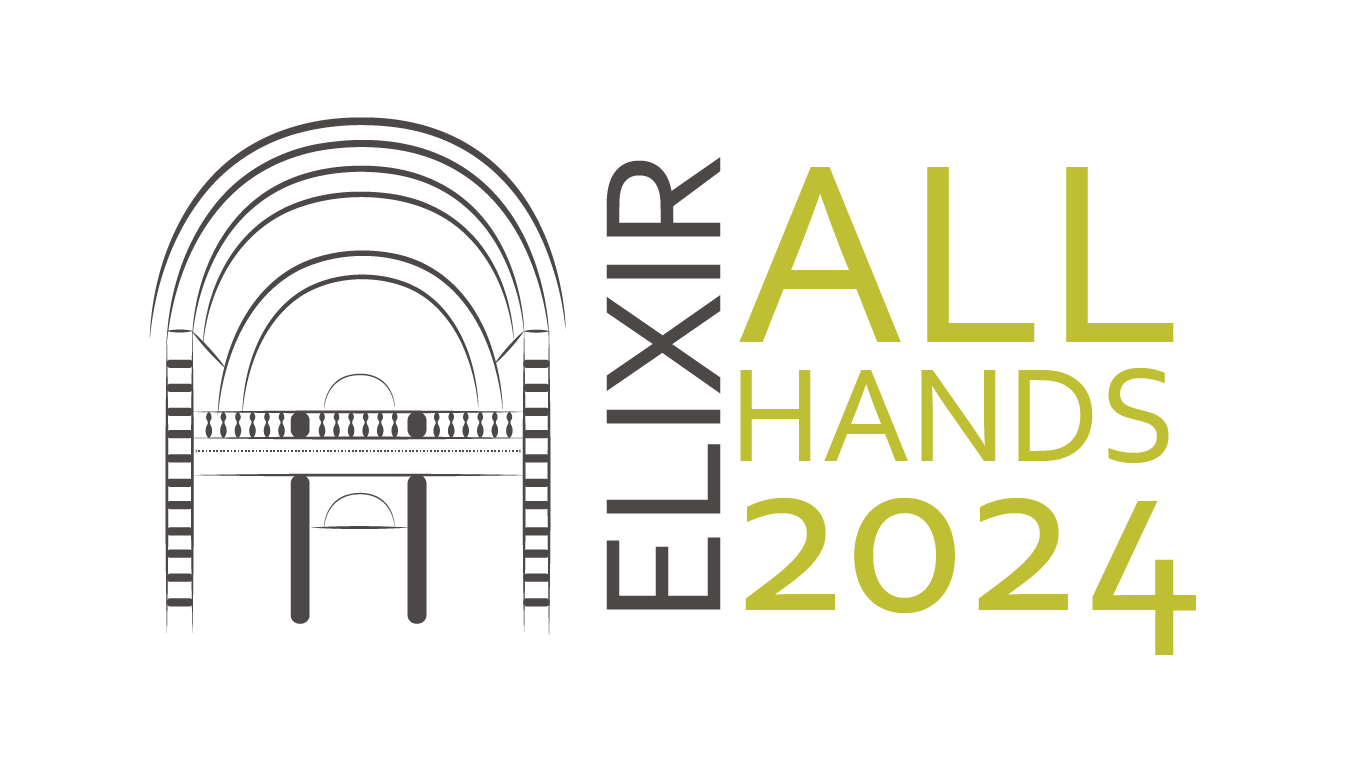Esta semana he acudido a la reunión anual AllHands de ELIXIR, la ESFRI europea para datos de ciencias de la vida que hace poco cumplió 10 años. Se suele realizar cada año en un nodo diferente, este año en Suecia, en la ciudad de Uppsala.
Aunque llevo ya un tiempo participando en actividades de ELIXIR, y desde hace uno ya como parte del nodo https://inb-elixir.es, es mi primera vez y me ha venido bien para aprender su vocabulario propio y ver un poco cómo funciona. Aquí pondré mis notas.
https://www.proteinatlas.org is a core resource, from tissues to cell lines and single-cell (nTPM for expression). 0% human prots are housekeeping, 15% tissue specific. Menciona https://olink.com para detectar 5k prots en muestras humanas. Case-control not a good approach to find markers, you need to consider wide disease panel.
Vocabulario:
Commisioned services (CoS) are funded from EXILIR budget.
Communities are funded for 2 years (capital C).
Focus Groups?
Platforms are operational infrastructures, not computing Resources
Services ~500 are provided by nodes
RDM = Research Data Manager
Taller "Demystifying ELIXIR: Everything you ever wanted to know and more" incluye preguntas y respuestas resueltas en grupos, por ejemplo: ELIXIR name was proposed by Janet Thornton, does not mean anything
Taller "Training MiniSymposium All Hands 2024" https://github.com/elixir-europe-training . Shortly a learning Path in place for all communities. Fair training handbook. Course design: considerations for trainers https://f1000research.com/documents/9-1377.
Taller "Insights into ELIXIR's Biodiversity and Plant Science Collaborations: Fostering Cross-Disciplinary Dialogue". Cyril presenta las ideas de la comunidad de plantas. Robert Waterhouse (CH) habla sobre la Comunidad de biodiversidad, donde también está T Gabaldón; menciona https://rdmkit.elixir-europe.org/plant_sciences; le preguntan sobre digital twins para modelo de nichos ecológicos. S Beier habla sobre nuevo plan de trabajo de nuevo itinerario (hasta 2028) de Plant Sc Community, que continúa https://f1000research.com/documents/10-145 . Menciona https://framework.frictionlessdata.io/docs/guides/validating-data.html para validar ficheros de datos tabulares. Phenotypic data does not fit well EBI, instead Zenodo, GnpIS or https://recherche.data.gouv.fr/fr using MIAPPE as a common language. Yvan Le Bras habla de la iniciativa fr biodiversidad PMDB. Cita https://onlinelibrary.wiley.com/doi/10.1002/ece3.9961 . gbif + metashark. Galaxy, conda, biocontainers. K Gruden holobionte, similar initiative at EPSO, not effective communication with ELIXIR. Nfdi4Biodiversity en .de en 10años. PHENET Daniel Wibberg. EU coordinado desde inrae montpellier. https://www.phenet.eu/en/about-phenet/phenet_partners 
| Auditorio principal de universidad de Uppsala |

